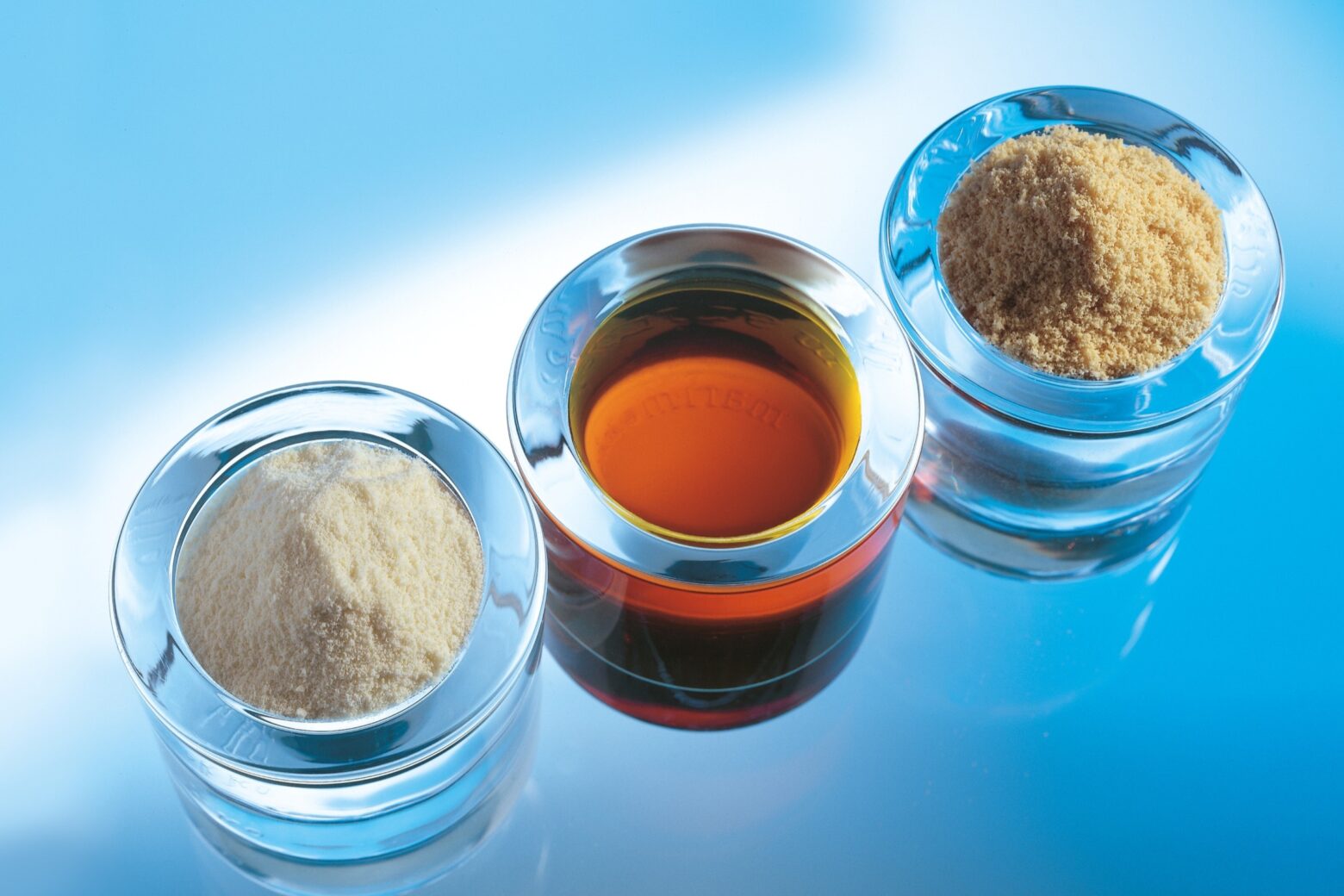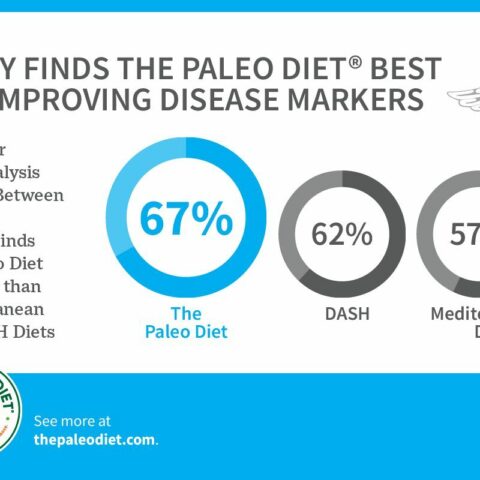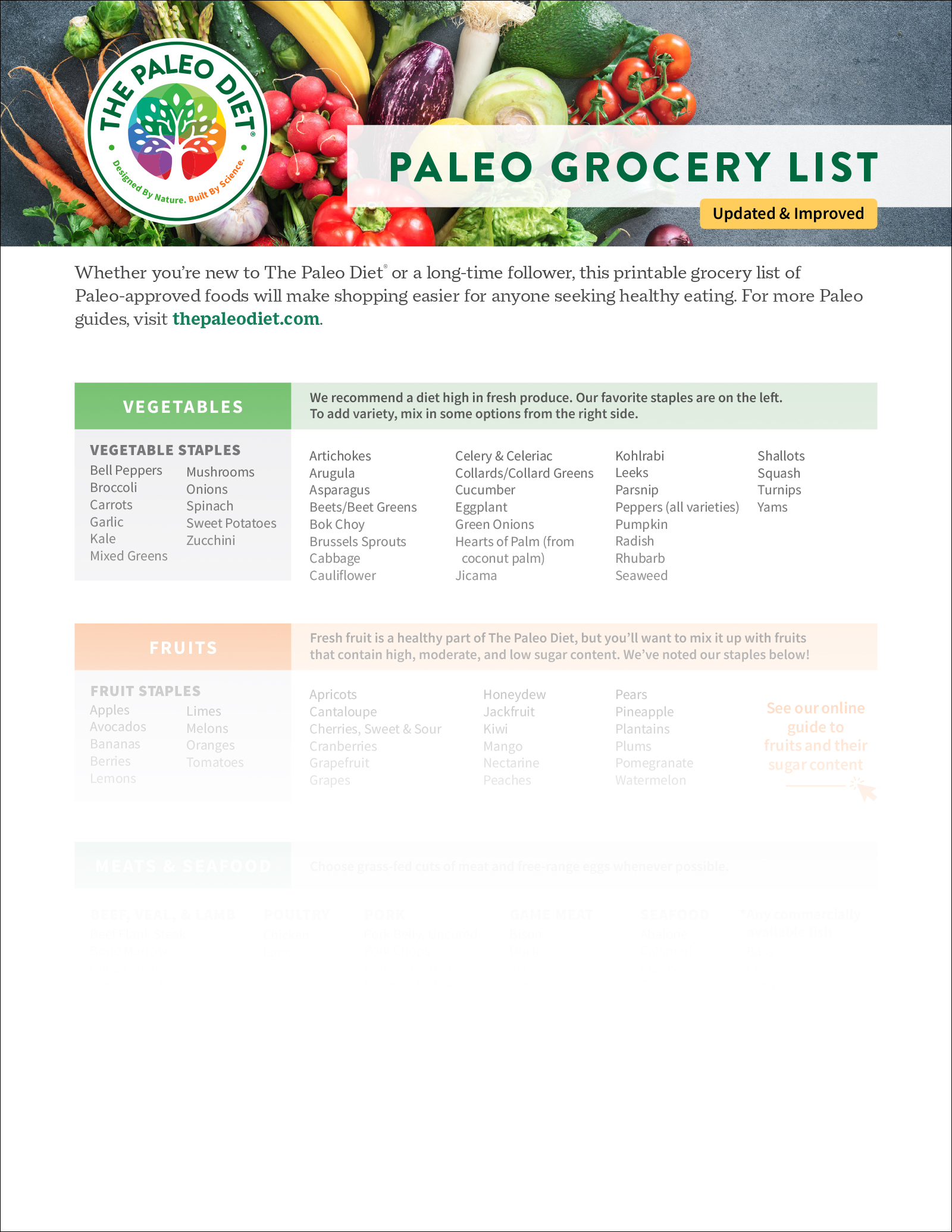Regulation of Food Additives in American Food Production

In the 2025 hearings for Robert F. Kennedy Jr.’s appointment as U.S. Secretary of Health and Human Services, the topic of food additives came up. When Kennedy called for a higher burden of proof from the FDA for food additives, curiosity rose, and questions followed. Why are there so many additives allowed in U.S. food? Why are some of the same U.S. food brands sold in Europe free of commonly used additives? Should we be concerned?
The answers lie in the respective regulatory systems. Europe’s threshold for food additives is based on potential harm, called the precautionary principle. In the U.S., regulators revoke ingredients post-market if there is enough evidence after the ingredients are introduced.
RELATED: Spooky Ingredients to Watch Out for in Candy
Though not all additives should be worrisome because they extend shelf life and improve food safety, the sheer number of additives and the FDA’s reliance on a post-market approval process make consumers nervous about what is in their food and how this affects their health.
At The Paleo Diet®, we want to make it easier to eat healthfully and with less reliance on food with additives, which is why we launched our TRUEPALEOTM and PaleoFLEXTM certification program for food makers. Before jumping into what this means for you, let’s explore the world of food additives.
Regulation of Food Additives
In the United States, the FDA categorizes a food additive as any substance used to maintain or improve freshness and safety, nutritional value, or taste and texture.1 Some additives benefit human food safety and health; others are used as stabilizers for texture, color, flavor, livestock, and farming methods. However, a vast majority have nothing to do with nutrition.
As Ruth Winter, M.S., states in her book, A Consumer Dictionary of Food Additives (now in its 7th edition), most are “added to feed our illusions.”2 These illusions feed our desire for perfect food.
“We’ve come to expect an advertiser’s concept of perfection in color and texture, even though Mother Nature may not turn out all her products that way,” writes Winter. It’s only natural to want foods that are convenient and taste good, forgetting that both factors mean farmers and manufacturers turn to additives to produce food for tens of millions of people. Here is what we know thus far:
- Sixty percent of foods Americans purchase contain food additives, including colors, flavors, preservatives, and sweeteners.3
- The most comprehensive study to date, a Pew Research Center consumer survey in 2018, showed that consumers are nearly equally divided: half of Americans believe food additives pose a serious health risk, while the other half believe the risk is not serious.4
- In 2019, more than half of packaged food and beverage products bought by U.S. households contained three or more additives.3
- Twenty-two percent more baby foods contained additives in 2023 than in 2001.3

Health experts are calling for assessing food-additive exposure to know if there is a connection to increased body weight, detrimental changes to the gut microbiome, and other adverse health outcomes. Several recent studies support these concerns, and are further detailed in our additive glossary.
Gaps in Food Additive Tracking and Regulation
When the U.S. Congress gave the FDA authority in 1958 to ensure the safety of chemicals in food, better known as additives, the law called for testing chemicals for safety. However, the statute did not allow the FDA to collect information from businesses or develop a post-market monitoring program to track actual additives in use, how much was used, and in which foods. Since 1958, the number of additives that come into contact with our food through packaging has expanded from 500 to over 10,000.
Another loophole is the “generally recognized as safe” (GRAS) protocols, which were instituted the same year to allow foods commonly used as additives, like oil and vinegar, to be approved without premarket approval because they had a long safety history. However, in 1997, the agency passed a voluntary notification system that allows manufacturers to bypass a regulatory review.
Groups like the Environmental Working Group cite concerns that these “green-lighted” ingredients have inadequate oversight and that at least 1,000 new self-affirmed GRAS ingredients are in our food without FDA pre-market approval.5
The FDA rarely revokes GRAS ingredients, though they may do post-market assessments based upon requests from petitions and new scientific information. For instance, there are currently 21 ingredients or food contact ingredients under review by the FDA (see the list here). Of these, the FDA most recently banned hydrogenated fats (trans fats), brominated vegetable oil, and red dye number 3 from the food supply.
Additives on The Paleo Diet
If you prefer to eat food with fewer additives, you need a keen eye for reading the ingredients panel; critical thinking skills to evaluate how your food is grown, raised, and packaged; and a system for planning and preparing foods free of additives.
It sounds daunting, but The Paleo Diet certification process is doing the homework for you. Our certification includes two categories, TRUEPALEOand PaleoFLEX. The former includes whole or minimally processed foods and no additives, dairy, grains, beans, pulses, or added salt. PaleoFLEX foods follow the core principles of whole and minimally processed foods, allowing for the flexibility of only one additive per product. Here is how it works:
- When a manufacturer approaches The Paleo Diet for PaleoFLEX certification, our experts will review the additive listed from the FDA’s Food Additive Status List or GRAS Notice Inventory.
- Food products containing additives shown to have detrimental effects on human health in research studies published in the scientific literature will not be approved for certification.
- We consider extracted natural substances to be ingredients and not additives.
- Additives containing trans fats or sulfites will not be approved.
- Synthetic flavorings and colors do not meet the standard.
- Ingredients pending FDA administrative review will not be included.
As the volume of complaints about food additives gets louder and the concern grows deeper, The Paleo Diet wants to hear from you about our work to help people retain and restore their health and well-being with foods and our certification program. Contact us at: help@thepaleodiet.com.
References
- Substances Added to Foods (Formerly EAFUS), https://www.hfpappexternal.fda.gov/scripts/fdcc/index.cfm?set=FoodSubstances
- Winter, Ruth. A Consumer’s Dictionary of Food Additives, 7th Edition, Three Rivers Press, 2004.
- Dunford EK, Miles DR, Popkin B. Food Additives in Ultra-Processed Packaged Foods: An Examination of US Household Grocery Store Purchases. J Acad Nutr Diet. 2023;123(6):889-901. https://www.sciencedirect.com/science/article/abs/pii/S2212267222011935
- Public Perspectives on Food Risks, Pew Research Center, 2018. https://www.pewresearch.org/internet/2018/11/19/public-perspectives-on-food-risks/
- EWG Analysis: Almost all new food chemicals, green-lighted by industry, not the FDA. 2022. https://www.ewg.org/news-insights/news/2022/04/ewg-analysis-almost-all-new-food-chemicals-greenlighted-industry-not-fda
Kimberly Lord Stewart
Kimberly Lord Stewart is an author, journalist, and culinary expert. Her work highlights the importance of incorporating whole foods into daily diets and emphasizes the connection between food and overall well-being.
More About The Author


